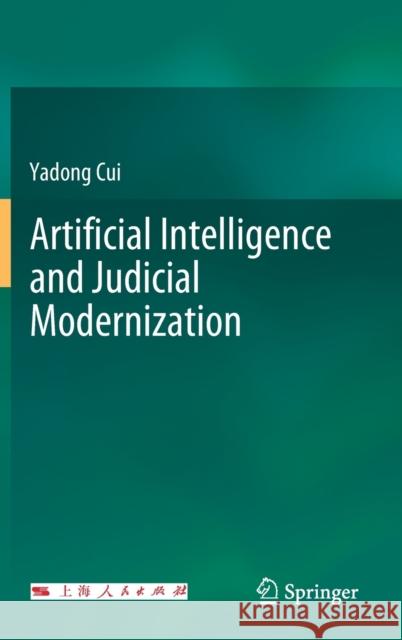Artificial Intelligence and Judicial Modernization » książka
topmenu
Artificial Intelligence and Judicial Modernization
ISBN-13: 9789813298798 / Angielski / Twarda / 2019 / 224 str.
Artificial Intelligence and Judicial Modernization
ISBN-13: 9789813298798 / Angielski / Twarda / 2019 / 224 str.
cena 501,19 zł
(netto: 477,32 VAT: 5%)
Najniższa cena z 30 dni: 497,71 zł
(netto: 477,32 VAT: 5%)
Najniższa cena z 30 dni: 497,71 zł
Termin realizacji zamówienia:
ok. 20 dni roboczych.
ok. 20 dni roboczych.
Darmowa dostawa!
Kategorie:
Kategorie BISAC:
Wydawca:
Springer
Język:
Angielski
ISBN-13:
9789813298798
Rok wydania:
2019
Wydanie:
2020
Ilość stron:
224
Waga:
0.54 kg
Wymiary:
23.39 x 15.6 x 1.6
Oprawa:
Twarda
Wolumenów:
01
Dodatkowe informacje:
Wydanie ilustrowane











